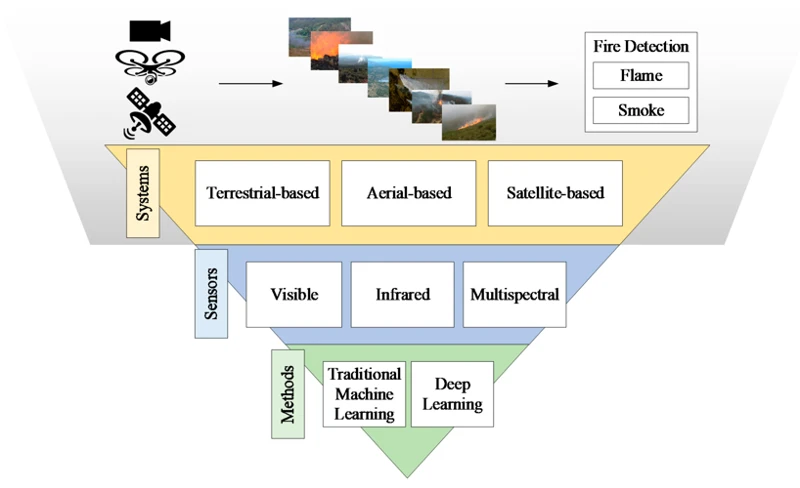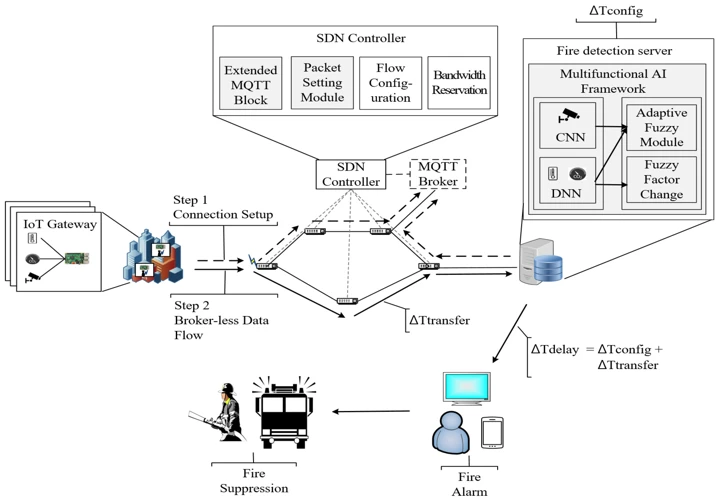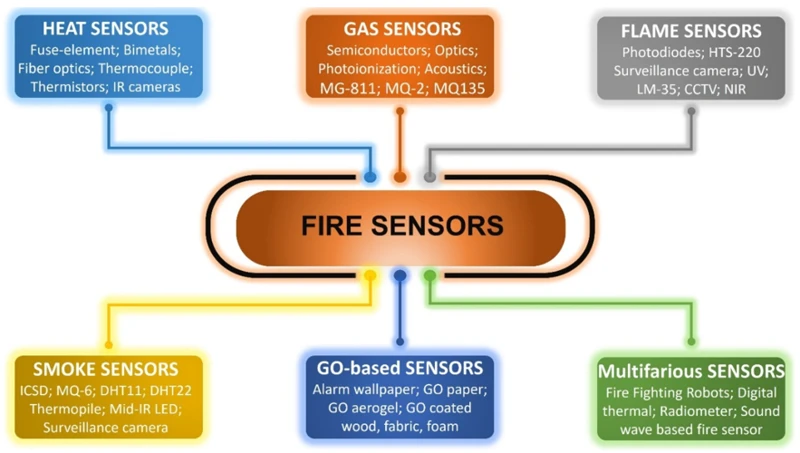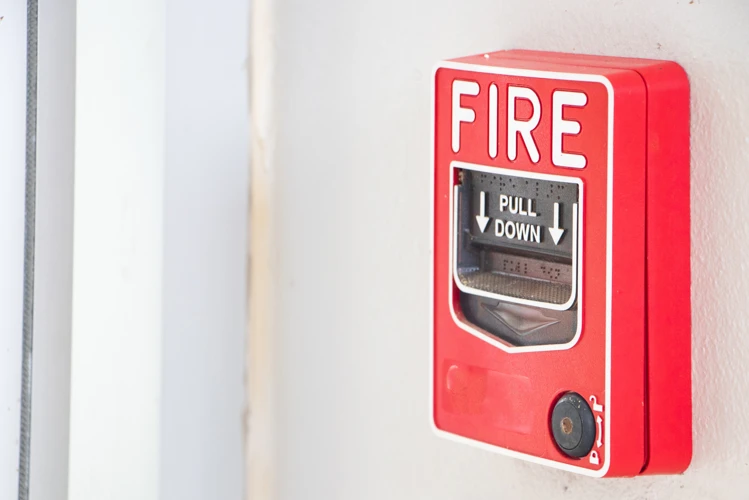As technology advances, so too do the capabilities of security systems. One such advancement is the integration of video surveillance and fire detection systems. This integration provides a number of benefits, including early fire detection, improved safety, and enhanced security. In this article, we will explore the benefits of video surveillance fire detection integration and how it can be implemented.
What is Video Surveillance Fire Detection Integration?

Video surveillance fire detection integration is the combination of video surveillance and fire detection systems to provide a more comprehensive security solution. This integration uses video analytics to detect the signs of a fire, such as smoke or flames, and alerts the appropriate authorities. This allows for early detection of fires, which can help to minimize damage and save lives.
Benefits of Video Surveillance Fire Detection Integration

There are several benefits to integrating video surveillance and fire detection systems. These benefits include:
Early Fire Detection
One of the primary benefits of video surveillance fire detection integration is early fire detection. Video analytics can detect the signs of a fire, such as smoke or flames, much earlier than traditional fire detection systems. This early detection can help to minimize damage and save lives.
Improved Safety
Integrating video surveillance and fire detection systems can also improve safety. By providing early warning of a fire, occupants of a building have more time to evacuate safely. Additionally, video surveillance can provide visual confirmation of a fire, allowing first responders to better assess the situation and respond accordingly.
Enhanced Security
Video surveillance fire detection integration can also enhance security. By combining video surveillance and fire detection systems, security personnel can monitor for both security threats and fire hazards. This can help to prevent false alarms and ensure that appropriate action is taken in the event of an emergency.
Implementing Video Surveillance Fire Detection Integration

Implementing video surveillance fire detection integration requires careful planning and consideration. Here are some steps to follow when implementing this type of system:
Assess Your Needs
The first step in implementing video surveillance fire detection integration is to assess your needs. Consider the size and layout of your building, as well as the potential fire hazards. This will help you to determine the appropriate type and number of cameras and fire detectors needed.
Select the Right Equipment
Selecting the right equipment is crucial for a successful video surveillance fire detection integration. Look for cameras and fire detectors that are compatible with each other and that have the necessary features for your needs. For example, you may want to consider cameras with thermal imaging capabilities for early fire detection.
Install the Equipment
Once you have selected the appropriate equipment, the next step is to install it. This should be done by a qualified professional to ensure that the system is installed correctly and functions properly.
Test the System
After the system is installed, it should be tested to ensure that it is working properly. This includes testing the video analytics for fire detection and the notification system.
Monitor the System
Once the system is up and running, it should be monitored regularly to ensure that it is functioning properly. This can be done by security personnel or a monitoring service.
Challenges of Video Surveillance Fire Detection Integration

While there are many benefits to video surveillance fire detection integration, there are also some challenges to consider. These challenges include:
Cost
One of the primary challenges of video surveillance fire detection integration is cost. Implementing this type of system can be expensive, especially if you need to purchase new equipment.
False Alarms
Another challenge of video surveillance fire detection integration is the potential for false alarms. Video analytics may mistakenly identify non-fire related events as fires, leading to false alarms.
Technical Issues
Video surveillance fire detection integration can also be subject to technical issues. For example, the cameras or fire detectors may malfunction, or the system may not be able to communicate properly.
Looking to enhance your video surveillance system with advanced features? Explore our articles on perimeter intrusion detection, cloud storage for video surveillance, benefits of remote monitoring in video surveillance, and integrating video surveillance with remote monitoring for comprehensive insights into optimizing your security setup!
Conclusion
Video surveillance fire detection integration is a powerful security solution that can provide early fire detection, improved safety, and enhanced security. However, implementing this type of system requires careful planning and consideration. By assessing your needs, selecting the right equipment, installing the system properly, testing it, and monitoring it regularly, you can ensure that your video surveillance fire detection integration is successful. While there are challenges to consider, the benefits of this type of system make it well worth the investment.







